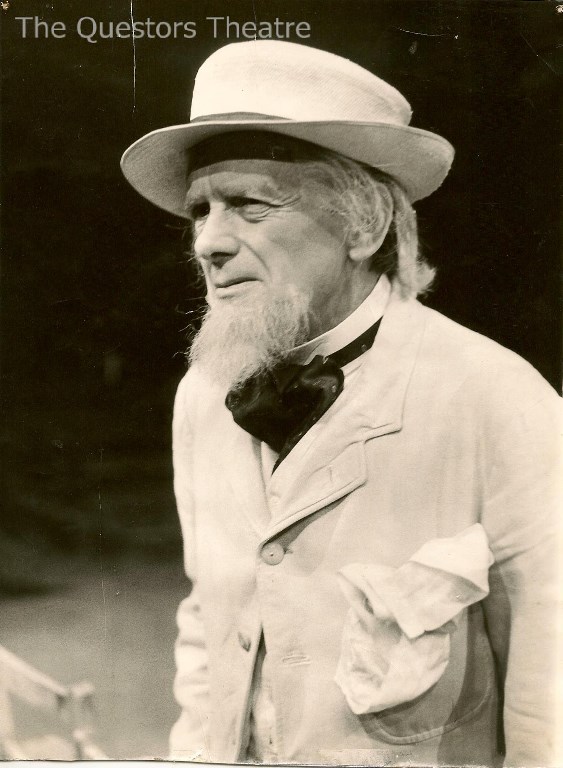Cast:
David Crewes, Lorna Duval, Alfred Emmet, David Gower, Suzanne Gregerson, Barbara Hutchins, Peter Kendrick, Donald Mackay, Moreen Pritchard, Roger Sherman, Ffrangcon Whelan, John Whibley
Production Team:
Bronwyn Beckford, Ros Bentley, June Bowie, Douglas Brown, Hilda Collins, Maud Culhane, Roy Edwards, Gay Ellis, Brian Godfrey, Christina Harkness, Adrienne Harris, Leigh Hay Chapman, Ann Jellicoe, Roger Kelly, Peter Kendrick, Douglas McCarthy, Terry Morris, Susan Oldham, Iris Phelps, Moreen Pritchard, Tom Pritchard, Gareth Rees, Meriel Snowdon, Sheila Sorley, John Stothart, Jack Walsh, Frank Wood |

